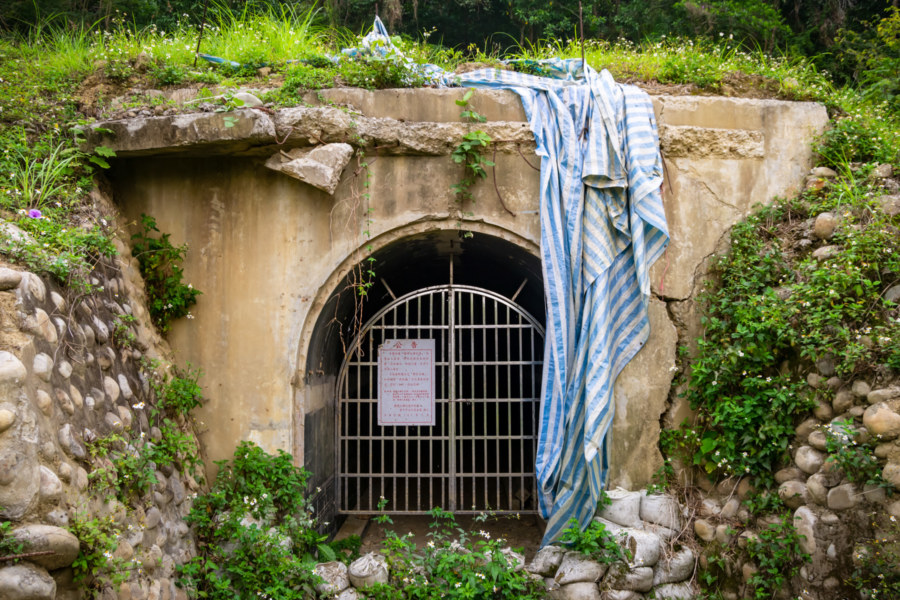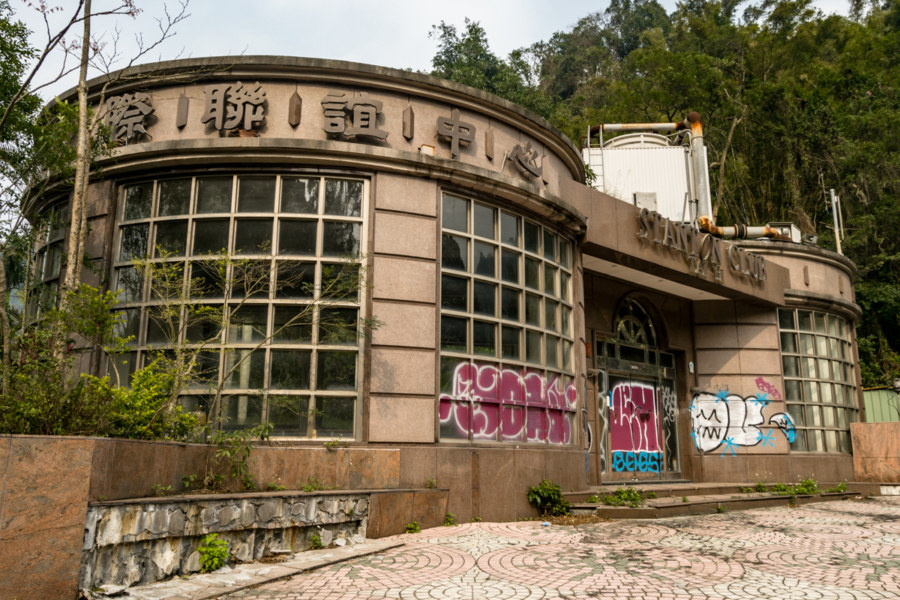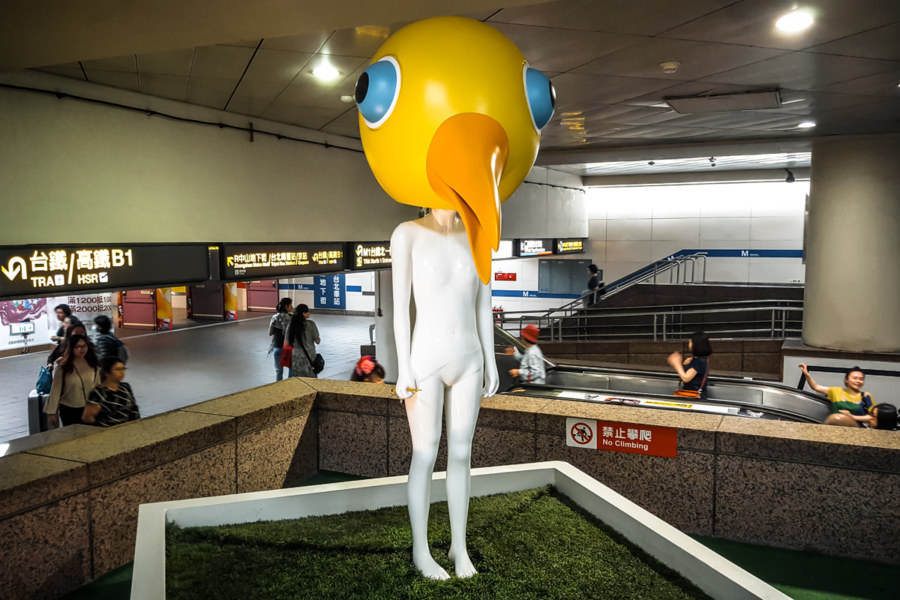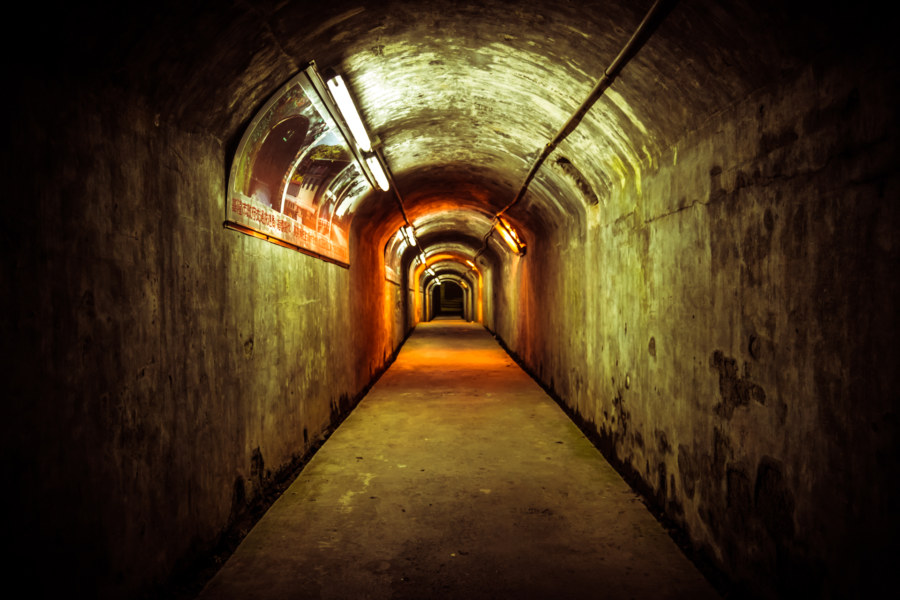Beigou Forbidden City 北溝故宮 is an obscure historic site hidden in the hills of Wufeng, Taichung. From 1949 to 1965 it was the provisional base of operations for the team of archivists, curators, scholars, and technicians overseeing the subset of the Palace Museum collection sent for safekeeping to Taiwan by the Kuomintang (KMT) in the later stages of the Chinese Civil War. Nowadays this collection is managed and displayed by the National Palace Museum 國立故宮博物院 (or simply Gùgōng 故宮 for short), situated in Taipei, and almost nothing remains of the facilities in Wufeng. The one exception is an underground vault constructed in 1953.
You probably haven't heard of it.
Adjacent Terms
Stanton Club 飛宏象山國際聯誼中心
The Stanton Club (飛宏象山國際會議聯誼中心) was an exclusive business and recreation facility located in the foothills of the Nangang Mountains in Xinyi, Taipei. Although details are scant, it was in operation from the late 1990s until approximately 2005, when it went out of business for reasons unknown. Most of the club is underground—and with floorspace or around 3,500 ping, a Taiwanese unit of measurement corresponding to approximately 12,000m2, it was a rather large place. Perhaps owing to its relatively accessible location this became one of the most notorious ruins in Taipei for awhile, even appearing on television at times. The space was finally leased and renovated in 2018 so I am now at liberty to share some photos from several forays made to the site in previous years.
The Birdman of Taipei Station
A bizarre work of public art in the bowels of Taipei Station.
This striking installation is one of the more iconic and well-known works of public art in Taipei. Created by artists Hé Cǎiróu 何采柔 and Guō Wéntài (郭文泰) in 2009, it is entitled The World in Aves’ Eyes (愛維思看世界), Birdperson (鳥人), or Daydreams (夢遊) and can be found somewhere in the labyrinthine passageways beneath Taipei Railway Station (臺北火車站). Apart from the obvious, the immature, androgynous figure holds a pencil in its right hand (never to write a word), water continuously seeps from its neck, and its feet show the signs of a mild case of pigeon toe, a condition that should be familiar to anyone who has seen young Taiwanese posing for photographs. Here is the original creative statement that accompanies the piece:
「愛維思看世界」以稚嫩的身體、怪誕逗趣的鳥頭以及輕輕淺淺的流水,表現出E世代對世界的困惑,身體的稚嫩感彷彿要告訴世界,還不急著要長大,而側著的鳥頭以不成比例的尺寸,誇張的標明著自我的異化感,猶如一位誤闖地球的外星人,在幽浮般的蛋殼中孵化而出。愛維思(Aves)搖搖晃晃的嘗試著適應這難以理解的世界,那漾漾清水則是一般腦傾洩而出的困惑,沒有黑暗、邪惡、憂傷或者種種成人世界裡的光怪色彩,愛維思(Aves)的苦惱是屬於孩童一般的天真困惑,在陽光的照耀下甚至會散射出七彩的光暈、迷霧而迷人。
My ability to translate Chinese remains limited, particularly when it comes to the sort of conceptual language employed above, but I’ll do my best to provide the gist. From what I can tell…
100-Year-Old Bomb Shelter 百年防空洞
I found myself in the seedy port town of Keelung near the end of my round-the-island bicycle tour of Taiwan in 2013. Later on, after dinner was done, I went out wandering the labyrinth of night—and, on the far side of the railway line near Sānkēng Station 三坑車站 I noticed the entrance to a tunnel running beneath the hillside. Curious, I hunched down (the clearance is only around 175 cm) and made my way through. A minute later I emerged on the other side, somewhat disoriented, though I quickly regained my bearings.



